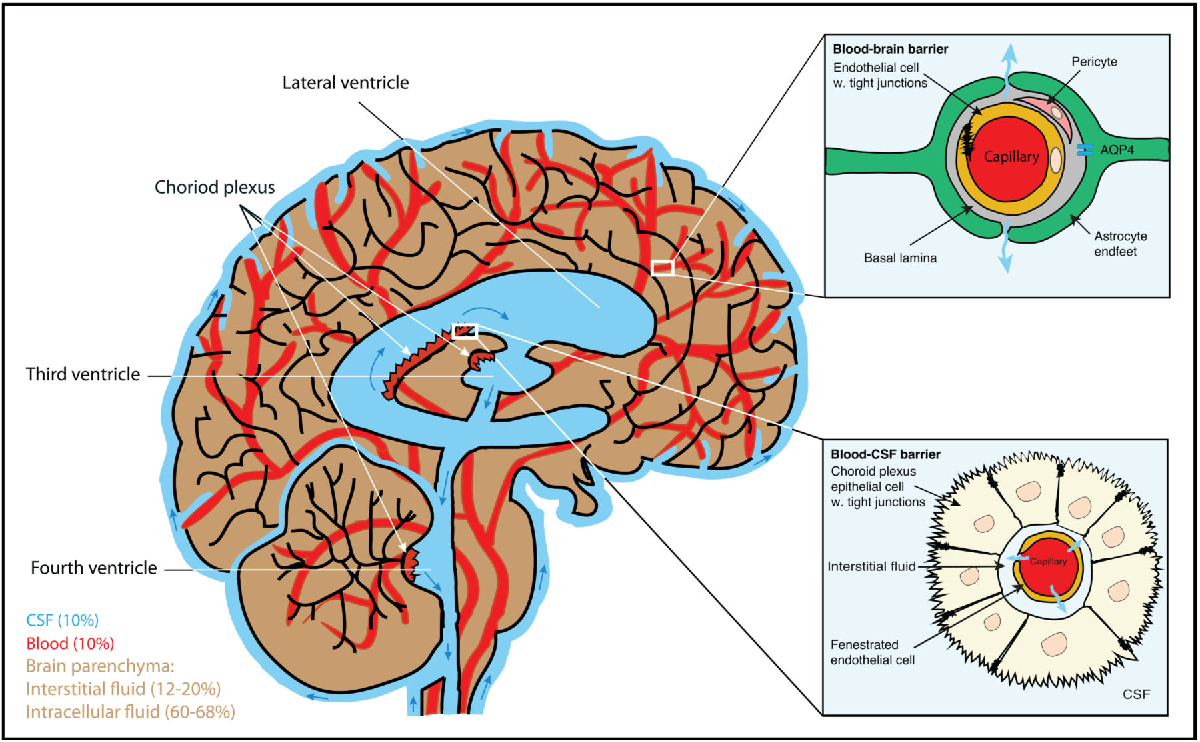Cranio-sacral Fluid and The Nervous Immune System
Did you know that while you are asleep the spinal nerves get a wash down?
Did you know that there is a pulsing of fluids from balloon-like pumps called ventricles in the brain that push immune support cells for the nerves in the brain and the spine down to the tailbone?
Did you know your skull is constantly expanding and contracting all the time?

On a basic level, brain support cells called glial cells patch nerves when they are broken. This system supplies nourishment and additional immune support.
Well, the glymphatics or glial-lymphatics do just that. Ventricles in the brain, like pulsing balloons, send fluid of the nerve immune system and cranio-sacral fluids up and down the spine.. It is done in a specific rhythm.
The actual rhythm was discovered when doctors realized the skull was gently expanding and contracting and it had a specific rhythm that can be monitored and even corrected. This is Cranio-sacral therapy.
In the Tam Healing System, we do whatever we can in order to support the bioelectricity of the body. and to open a blockage.
Tam Points: To be thorough in our Tong Ren treatments:
Open Bioelectrical Blockages
Increase Blood Support for the nerves and tissues in the area (sky window, tiandong, vertebral artery, occiput)
Enhance immune support for the nerves by working on the CSF area with these points:, as easy as 1, 2, 3
GB7 GB8 GB9 Sphenoid Bone (origination area of CSF)
C1-S5 - activate the entire spine
S5 - the terminal and turnaround point for the CSF fluid journey
Since a lot of this activity occurs during sleep, good sleep improves brain function and even lessons conditions like Alzheimers due to our nightly maintenance activity.
From Neuronline (https://neuronline.sfn.org/) Reference Full Article
The glymphatic system is a network of vessels that clear waste from the central nervous system (CNS), mostly during sleep. Recent evidence suggests that the glymphatic system may be disrupted in and contribute to some diseases of the brain.
Cerebrospinal fluid (CSF) flows alongside the arteries and is forced into the spaces next to the smaller blood vessels that enter the brain. There, it interchanges with interstitial fluid — the fluid surrounding the brain’s cells — often through a channel expressed by astrocytes, glial cells whose feet surround the space around the brain’s capillaries, forming the glymphatic vasculature.
Glymphatic transport uses energy from arteries pulsing and from the pressure created as CSF is made, as well as from as yet unknown forces. This interchange results in the collection of waste products, such as metabolites and proteins, and their transfer to CSF, which carries them out of the brain to sites where CSF drains.
-------------------------------------------------------------------
Reference Email Yvonne Tam / Joe Lucier 2021-03-16




